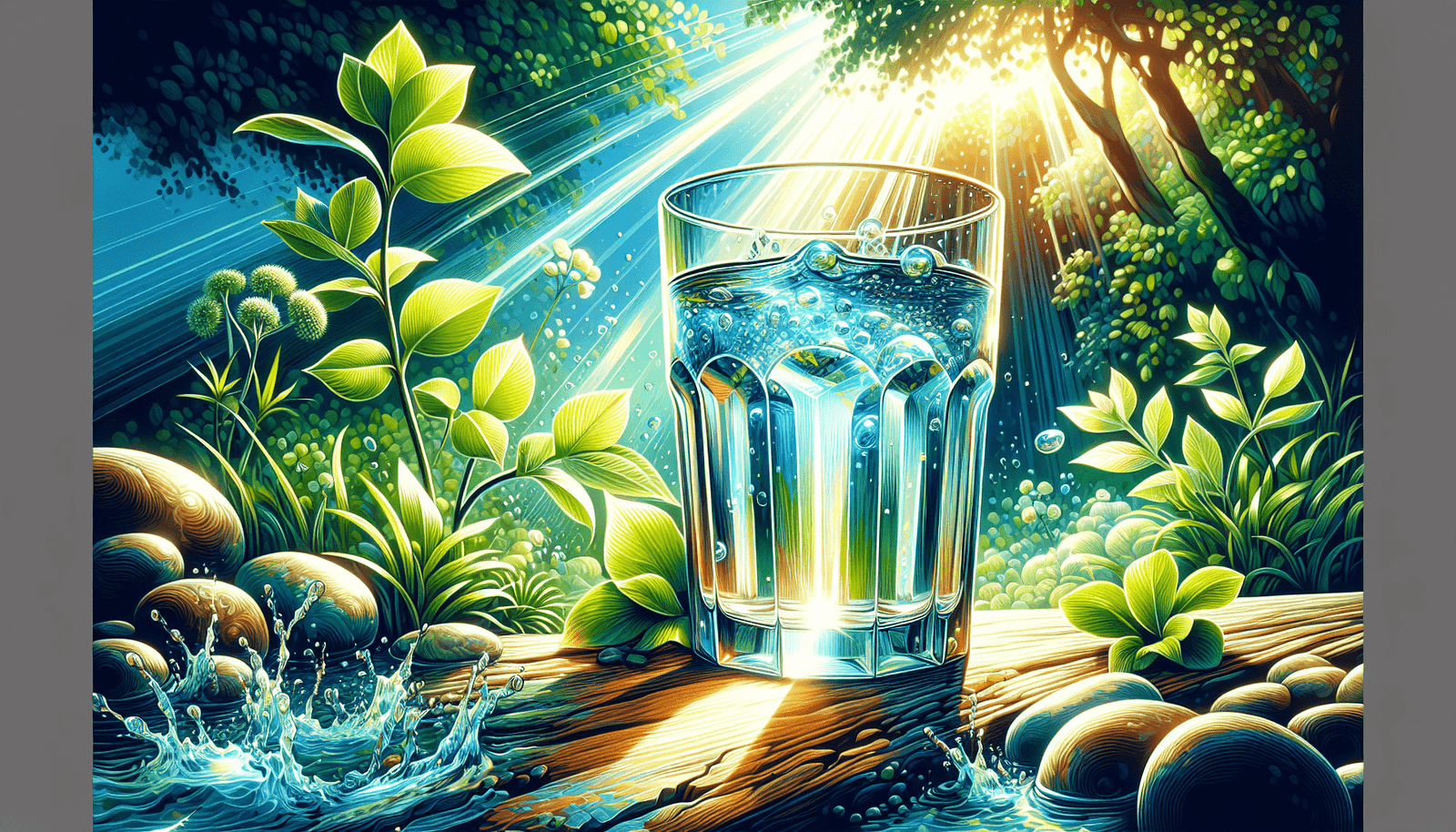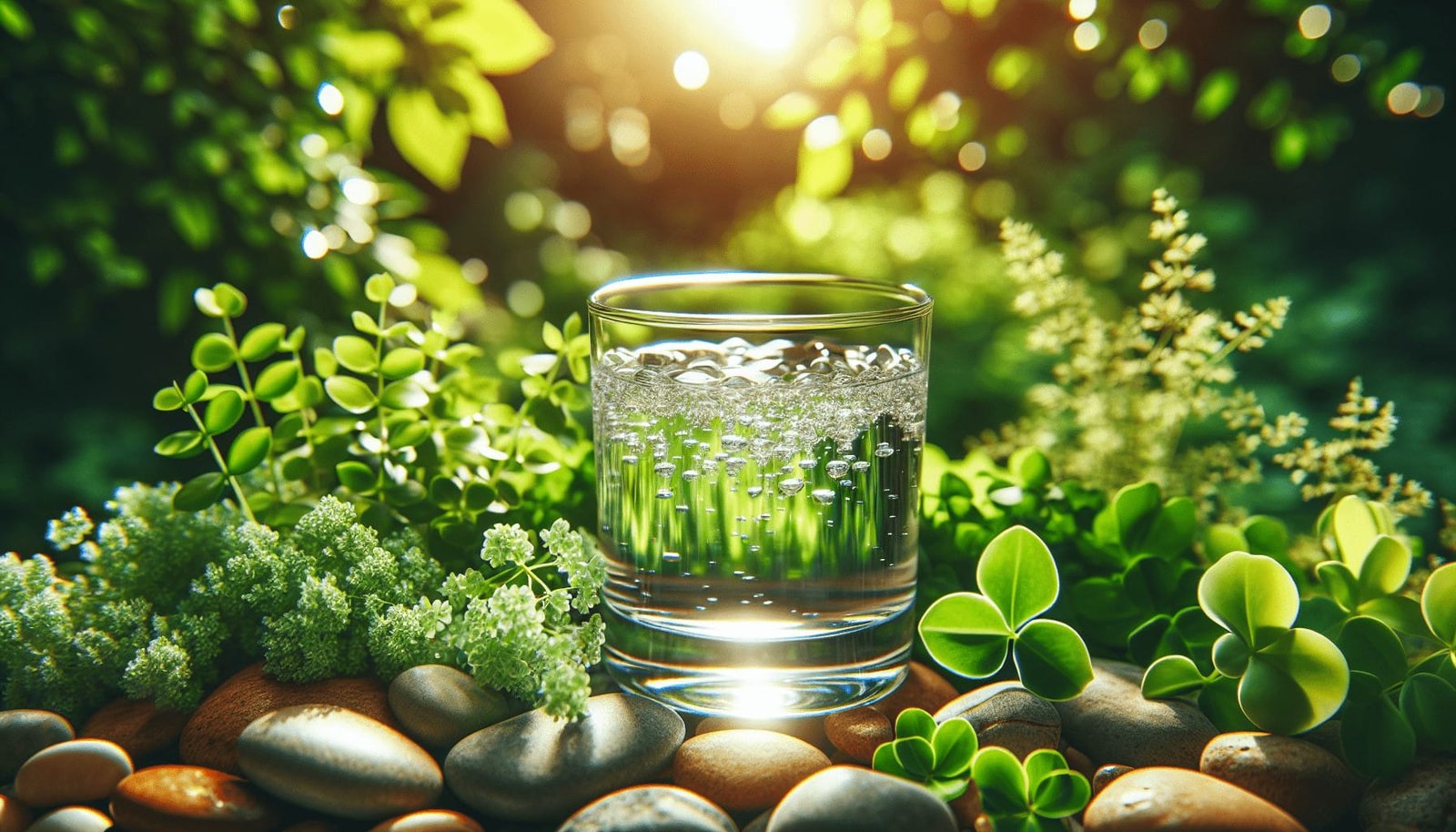Have you ever wondered about the quality of your well water? If you rely on a private well for your water supply, understanding well water quality is crucial for ensuring that it is safe and healthy for consumption. This isn’t just about quenching your thirst—it’s about protecting your health and well-being.

What Is Well Water Quality?
Well water quality refers to the condition or characteristics of the water you draw from your private well. This includes everything from its clarity and taste to its chemical composition and contamination levels. When we talk about water quality, we often look at elements such as mineral content, pH levels, and the presence of contaminants like bacteria or heavy metals. These factors determine whether your water is safe to drink, cook with, or use for bathing.
Factors That Affect Well Water Quality
There are several factors that can influence the quality of your well water. Understanding these can help you take proactive steps in maintaining your well.
Location: The geographical area where your well is located plays a significant role in its water quality. Areas with high industrial activity or agriculture may expose your well to chemical runoff or pollution.
Well Depth and Construction: The depth and construction method of your well can affect its vulnerability to contamination. A well constructed to reach deeper aquifers may be less susceptible to surface contaminants.
Natural Occurrences: Groundwater naturally filters through soil and rock, picking up elements such as minerals on its journey. While some minerals are benign or even beneficial, others, like iron or manganese, can affect taste and color.
Human Activities: Activities such as farming, mining, or improper waste disposal can introduce harmful contaminants into groundwater sources. This might include pesticides, fertilizers, or waste seepage.
Common Contaminants in Well Water
To ensure your water is safe, you need to be aware of potential contaminants. Some of these might be naturally occurring, but others are the result of human activities.
Microbial Contaminants: Bacteria, viruses, and parasites can enter well water through sewage or animal waste. Their presence can lead to waterborne illnesses, making regular testing essential.
Nitrates and Nitrites: Often found in agricultural runoff, high levels of nitrates or nitrites can be harmful, especially for infants and pregnant women.
Heavy Metals: Metals such as arsenic, lead, and mercury can leach into groundwater from industrial sites and old plumbing systems, posing serious health risks.
Chemical Pollutants: Industrial chemicals and solvents can contaminate well water sources, particularly near factories or waste disposal sites.
Radon: A naturally occurring radioactive gas that can dissolve into groundwater, increasing cancer risks if inhaled or ingested.
How to Test Your Well Water
Testing your well water is the only definitive way to know its quality. Regular testing is crucial because well water is not subject to the same regulations as public water systems.
Frequency of Testing
It is generally recommended to test your well water at least once a year. However, you should test more frequently if:
- You’ve had repairs or replacements done to your well.
- There have been known problems in your region.
- You notice changes in taste, smell, or color of your water.
What to Test For
Your testing should cover a range of potential contaminants to ensure comprehensive knowledge of your water quality.
- Basic Tests: These include pH, hardness, and total dissolved solids (TDS).
- Microbial Tests: Test for coliform bacteria and E. coli.
- Chemical Tests: Test for nitrates, nitrites, metals like lead and arsenic, and volatile organic compounds (VOCs).
Types of Testing Kits and Services
There are various ways to test your well water, including:
Home Testing Kits: These are convenient and offer immediate results for basic tests. However, they may lack precision for detecting lower concentrations of contaminants.
Professional Laboratory Testing: Sending a water sample to a certified laboratory can provide more comprehensive and accurate results.
How to Collect a Water Sample
When collecting a water sample, follow these steps to ensure accuracy:
- Use containers provided by your testing service to avoid contamination.
- Allow the water to run for a few minutes before collecting to flush the system.
- Follow all instructions provided with your testing kit or from the lab.

Treating Contaminated Well Water
If your tests show contaminants present in your well water, don’t despair. There are several treatment options available depending on the type of contamination.
Filtration Systems
These systems can remove specific minerals, particles, and bacteria from your water. They are often used in conjunction with other treatment methods.
- Activated Carbon Filters: Effective for removing organic compounds and chlorine.
- Reverse Osmosis Systems: Useful for eliminating a wide range of contaminants, including nitrates and pesticides.
- Ion Exchange Systems: Typically used to soften water by replacing calcium and magnesium ions with sodium or potassium.
Chemical Treatments
Certain chemicals can help remove or neutralize contaminants.
- Chlorination: Often used to disinfect water and kill pathogens.
- Oxidation: Useful for eliminating certain metals like iron and manganese.
Regular Maintenance and Monitoring
Regularly maintaining your well system is vital for ensuring ongoing water quality. Schedule inspections and keep records of all tests and treatments to monitor changes over time.

How Does Climate Change Impact Private Well Water?
Climate change is a pressing issue that affects various aspects of the environment, including water resources. Here’s how it can impact the quality of your well water:
Changes in Precipitation Patterns
With climate change, you might observe more frequent and intense rainfall events or, conversely, periods of drought. Both extremes can affect well water quality:
- Intense Rainfall: Can lead to surface runoff, carrying contaminants into groundwater sources.
- Droughts: Reduce groundwater recharge, potentially concentrating contaminants as water levels drop.
Rising Temperatures
Warmer temperatures can increase the growth rate of bacteria and algae in water sources, potentially impacting the microbial quality of your well water.
Sea Level Rise
Coastal areas may experience saltwater intrusion into freshwater aquifers, leading to increased salinity in well water and making it unpalatable or unsuitable for drinking without treatment.
Extreme Weather Events
Hurricanes, floods, and other severe weather events can damage infrastructure and disrupt normal water supply systems, including private wells. This puts your water supply at risk of contamination from chemical spills or sewage overflows.

Safeguarding Your Well Water in a Changing Climate
To combat the impacts of climate change on your well water, consider:
Establishing a Protective Zone
Prevent contamination by creating a buffer zone around your well. This means keeping potential pollution sources like chemicals and waste at least 50 feet away.
Regular Inspections
Have a professional inspect your well periodically to check for any structural integrity issues, especially after severe weather events.
Investing in Advanced Treatment Systems
Consider systems that can handle a wide variety of impurities, including advanced UV purifiers and multi-stage filtration systems.
Community and Government Collaboration
Engage with local authorities and community members to discuss collective strategies for protecting regional water resources. Collaboration can lead to better policies and support systems for well owners.

Conclusion
Understanding well water quality is vital for every homeowner with a private well. By being informed about the factors affecting your well water, regularly testing, and taking steps to safeguard your supply, you ensure that your family’s drinking water remains safe and reliable. As climate change continues to alter environmental conditions, staying vigilant about your well water quality will become increasingly important. Stay proactive and informed to enjoy the health benefits of clean, safe water.
